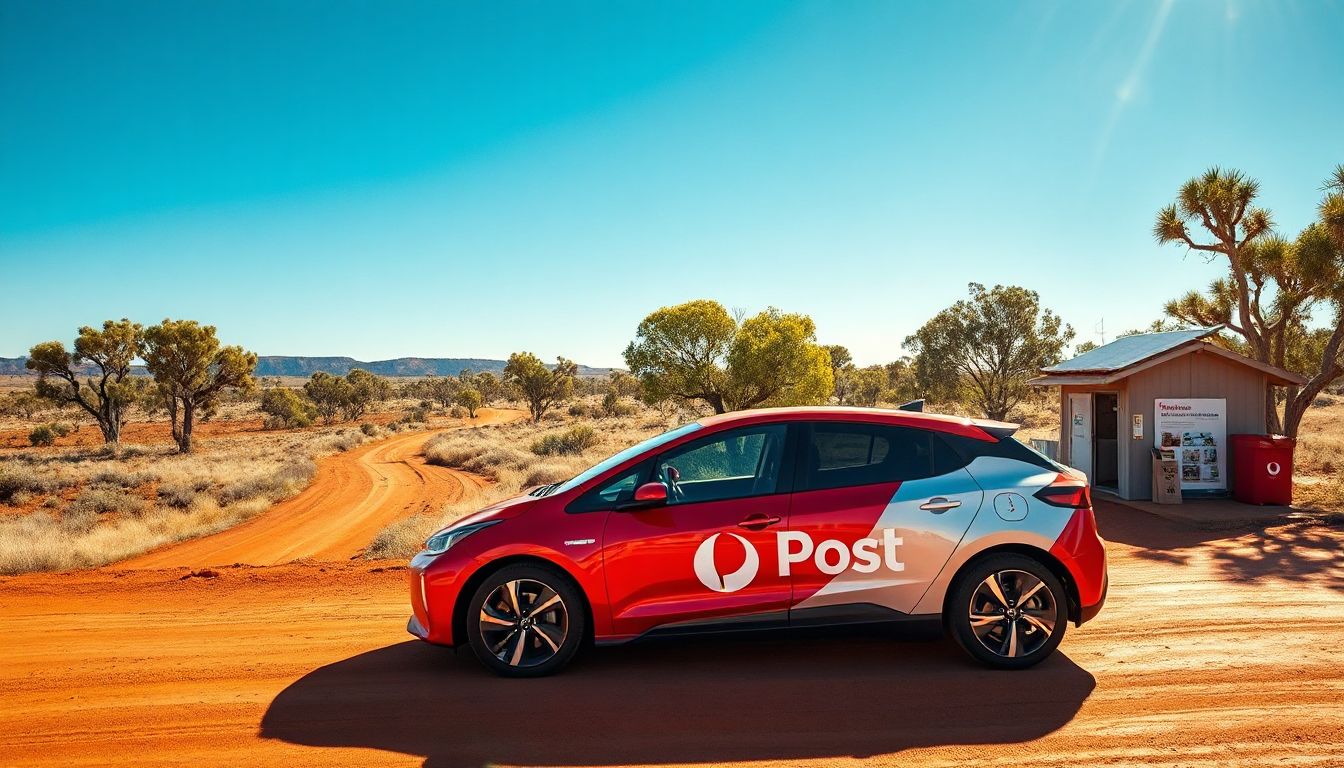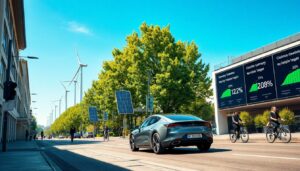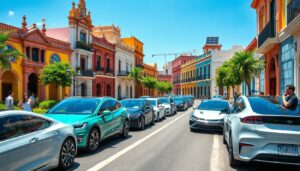Introduction
Electric vehicles (EVs) are changing how companies move goods and serve communities. They help cut pollution and fight climate change. Australia Post, the nation’s main mail and parcel service, is stepping into this green movement. They’re adding EVs to their delivery fleet to be more eco-friendly and save costs. As Australia’s postal industry shifts, adopting electric vehicles could be a game-changer for everyone—businesses, customers, and the planet.
The Evolution of Australia’s Postal Fleet: From Traditional to Electric
Overview of Australia Post’s Fleet Transition
Australia Post started replacing old vans and trucks with electric models a few years ago. Their goal? Reduce their carbon emissions and operate more efficiently. The move was driven partly by a desire to do better for the environment, and partly by rising fuel costs. The transition isn’t instantaneous, but it’s growing fast.
Current EV Adoption Status
Today, Australia Post has hundreds of electric vehicles on the road. These include small delivery vans perfect for city routes and larger trucks for rural deliveries. The EV fleet is expanding steadily as new models become available.
Impact on Service Efficiency and Sustainability
Switching to EVs has made deliveries quicker and more reliable. Lower fuel bills cut costs, and fewer emissions help the environment. But there have been hurdles, like charging infrastructure and vehicle range limits. Still, the benefits keep pushing the transition forward.
Benefits of Electric Vehicles for Australia Post and the Environment
Reducing Carbon Footprint
Every EV driven by Australia Post replaces a gas-powered vehicle. This shift saves thousands of tons of CO2 emissions yearly. In fact, studies show EVs can cut postal service emissions by up to 50%. This is a big step toward Australia’s climate goals.
Cost Savings and Operational Efficiency
Electric vehicles cost less to run in the long run. They need less maintenance because they have fewer moving parts. Plus, electricity is often cheaper than fuel. Over time, these savings can add up significantly. EVs also last longer and perform more reliably, making operations smoother.
Enhancing Brand Image and Customer Trust
More companies now want to work with eco-friendly partners. When Australia Post uses EVs, it shows they care about the environment. Customers notice and appreciate this effort, boosting trust and loyalty. It’s a smart way to build a greener brand.
Australia’s Policy Environment and Support for EV Deployment
Government Incentives and Grants
Both the federal government and states support EV adoption through grants, tax breaks, and other incentives. These programs cut costs for companies buying EVs. They also fast-track charging stations and infrastructure.
Infrastructure Development
A network of charging stations is appearing across cities and rural areas. This expansion helps keep EVs on the road longer without worry. However, building enough chargers, especially in remote towns, remains a challenge. It’s an investment that benefits everyone in the long run.
Regulatory Framework and Future Legislation
New rules are on the horizon for commercial EVs. These regulations aim to make fleets cleaner and more efficient. They also set standards to encourage more businesses to switch over. Policies that support innovation and infrastructure growth make the transition easier.
Challenges and Considerations in Electric Vehicle Adoption for Postal Services
Infrastructure and Charging Logistics
Charging vehicles takes time, especially in busy routes. To keep deliveries on schedule, Australia Post needs more charging stations. Smart planning can help manage vehicle downtime while charging.
Vehicle Range and Payload Capacity
Some delivery routes require long distances or heavy loads. Battery technology is improving, but range and capacity still matter. Newer EV models now reach farther, making rural delivery easier.
Cost and Investment Barriers
Buying EVs upfront can be pricey. The initial investment may seem high, but savings over time make it worthwhile. Planning and funding help offset these costs for large organizations like Australia Post.
Workforce Training and Transition
Drivers and maintenance teams need to learn new skills. Training ensures smooth operations and quick troubleshooting. Proper preparation makes the switch to EVs less stressful.
The Future of Electric Vehicles in Australia’s Postal and Logistics Sectors
Technological Innovations on the Horizon
Battery tech keeps getting better—longer range, shorter charging times. Solar energy and renewable sources could power charging stations, making the system even greener.
Policy and Industry Trends
More companies are jumping into EVs. Industry collaborations with vehicle makers and charging firms will shape logistics’ future. Experts predict EVs will soon dominate delivery fleets in Australia.
Case Studies and International Examples
Looking abroad helps us see what’s possible. Postal services in countries like Germany and Canada use EVs successfully. Australia can learn from their experiences to improve local efforts.
Conclusion
Switching to electric vehicles is a vital step for Australia Post’s mission to be greener. Their move helps cut emissions and shows leadership in the postal industry. For Australia to meet its climate goals, wider adoption of EVs across logistics and transport sectors is needed. Policymakers must keep supporting infrastructure, innovation, and incentives. Everyone benefits when more companies, cities, and countries begin going electric—creating a cleaner, healthier future for all.




